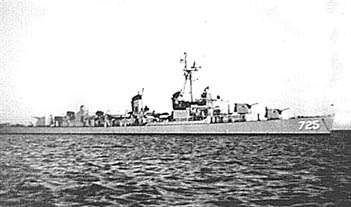Signs of the Times
by Paul Molyneaux
| |
In the last decade Maine's lobster
landings more than doubled from 23 million pounds in 1989, to 53 million in 1999. Over the same decade the value of the fishery tripled. When the groundfish, scallop, fixed gear herring, and other fisheries tightened up, many inshore fishermen jumped into the expanding lobster fishery.
Throughout the 90s lobstermen heard the National Marine Fisheries Service issue warnings about overfishing, and collapsing lobster stocks. Nonetheless, the industry continued to grow. But in January, state scientists warned that declining settlement rates over the last six years may lead to a drop in landings: possibly as much as 40 percent in some areas.
"We don't want to alarm people," said Maine Department of Marine Resources (DMR) biologist Rick Wahle, noting many uncertainties between settlement rates and landings. "But we felt a responsibility to get this information out."
|
 |
|
Indicators Point Down
Three separate studies show similar downward trends in larval and juvenile lobster populations over a wide geographic range, claims Dr. Robert Steneck, of the University of Maine. Steneck's juvenile lobster surveys, a larval study by Lew Incza of the DMR, and a study of larval settlement by Rick Wahle, all indicate that larval survival and settlement have been declining for the past six years.
|
Steneck's study has looked at settlement in different areas along the Maine coast for the last three years, and he has revisited some of those sites frequently enough that he feels confident in his data. "I have about 90 sites," said Steneck, "and we're seeing a decline in juveniles which is most severe in the Pen Bay region." He noted that larval studies by Lew Incza showed similar declines, and that Rick Wahle's settlement
continue
|
|
Machias Men
by Mike Crowe
| |
From most parts of the state, Machias is a long drive. It was not so in 1775. About the only way to get there then was on foot or horseback, if not by boat. It was by boat that most people and all cargo arrived and left. At the time it was not an old settlement and the 80 families who had lived there since about 1763 were engaged in lumber. Most all of their provisions, food, hardware, clothes, etc., were shipped in and paid for with lumber.
continue
|

| |
One of the ships named after the O'Briens of Machias, Maine. Capt. Jeremiah O'Brien led the attack on the British warship Margaretta; the first naval battle of the American Revolution. Sumner Class; USS O'Brien, DD-725, Bath Iron Works, 8/12/43. Length: 369 (WL), 41' beam, 19' draft, twin screw, displacement: 22,000 tons
|
  
©2001 solution3d
|
|

